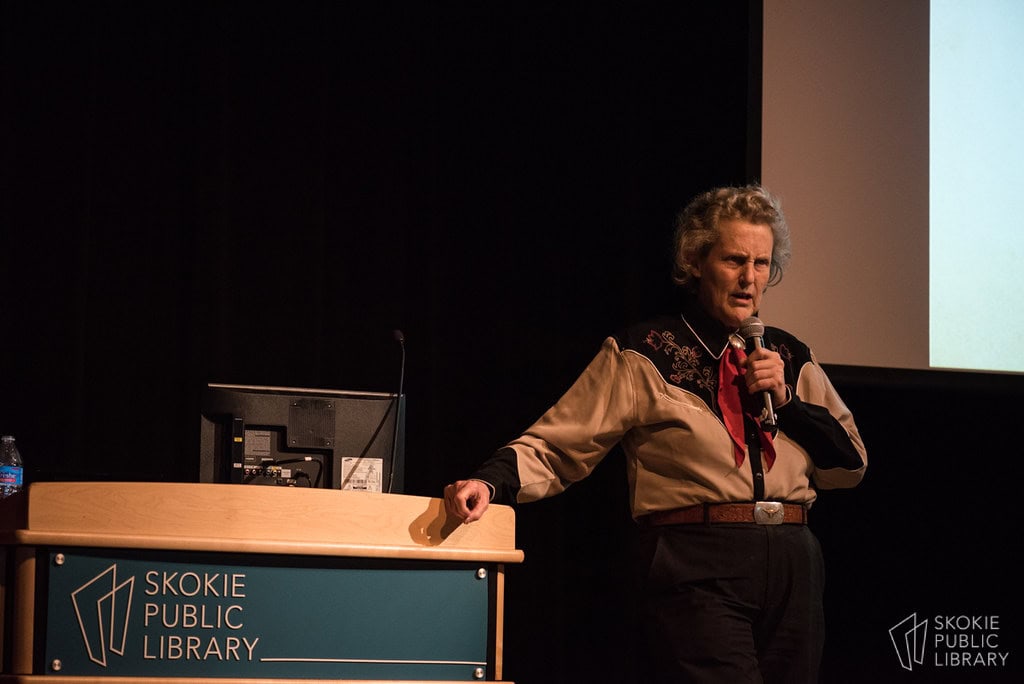Temple Grandin was born on August 29, 1947, in Boston, Massachusetts, to Richard Grandin and Eustacia Cutler. At the age of two, she was diagnosed with autism at a time when little was understood about the condition. Her mother was told by doctors that Temple should be institutionalized, a common recommendation for children with autism in the 1950s. Rejecting this advice, Eustacia instead sought specialized help for her daughter, hiring a speech therapist who worked intensively with Temple to develop her language skills.
Growing up, Temple experienced the world differently from her peers. She was hypersensitive to noise and touch, often overwhelmed by sensory stimulation that others barely noticed. These early challenges, however, would later inform her revolutionary work with animals. Temple’s ability to think in pictures rather than words—a characteristic she later identified as common among people with autism—would prove invaluable in understanding how animals perceive their environment, leading to her groundbreaking insights into cattle behavior and handling.
The Cattle Connection: Summer at Her Aunt’s Ranch
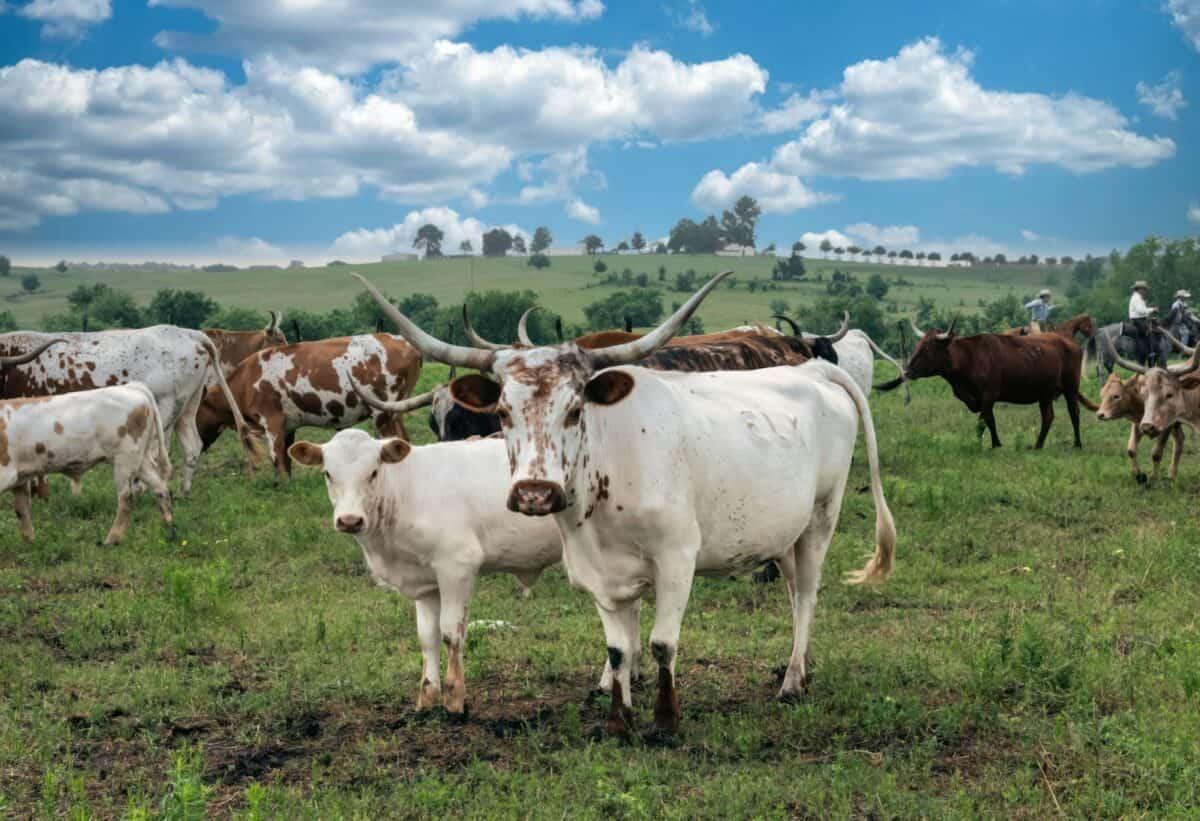
The pivotal moment in Temple’s life came during her teenage years when she spent a summer at her aunt and uncle’s cattle ranch in Arizona. It was here that she first formed a deep connection with cattle, observing their behaviors and reactions with a unique perspective. The ranch, with its open spaces and animal-centric environment, provided Temple with a sense of peace and purpose that she hadn’t experienced before. She was particularly fascinated by the cattle squeeze chute—a device used to hold cattle still for vaccinations and other procedures.
During her time at the ranch, Temple noticed that the pressure of the squeeze chute had a calming effect on cattle. This observation resonated with her personally, as she had often sought pressure stimulation to manage her own anxiety. This parallel between her sensory needs and the cattle’s response to pressure would later inspire her to design her own human squeeze machine and inform her cattle handling designs. The summer at her aunt’s ranch wasn’t just a vacation—it was the beginning of Temple’s lifelong journey to understand and improve the lives of cattle.
Educational Journey Against the Odds

Despite the challenges of autism in an era when the condition was poorly understood, Temple pursued higher education with remarkable determination. After attending Franklin Pierce College, she earned her bachelor’s degree in psychology from Arizona State University in 1970. She continued her academic journey, receiving a master’s degree in animal science from Arizona State University in 1975, and ultimately a Ph.D. in animal science from the University of Illinois at Urbana-Champaign in 1989. Throughout her studies, Temple faced significant barriers—both from her autism and from being a woman in fields dominated by men.
Her educational achievements are all the more remarkable considering that many experts had predicted she would never even speak, let alone earn a doctorate. During her graduate studies, Temple’s unique perspective began to attract attention. Her ability to observe subtle details in animal behavior that neurotypical researchers often missed became increasingly valuable. Her thesis work focused on cattle behavior during handling procedures, laying the groundwork for her later innovations in livestock facility design. Temple’s academic journey exemplifies her extraordinary perseverance and demonstrates how her different way of thinking became her greatest strength.
Visual Thinking: The Secret to Understanding Cattle

One of Temple’s most significant insights was recognizing that she thinks in pictures rather than words—a cognitive style she shares with many animals, including cattle. This visual thinking ability allowed her to see the world from a cattle’s perspective in ways that traditional animal scientists could not. When observing cattle facilities, Temple would get down to the animals’ eye level, noting every shadow, reflection, dangling chain, or sudden contrast that might cause cattle to balk or become frightened. She could mentally “run the film” of how cattle would move through a handling system and identify potential problems before they occurred.
Temple has often explained that animals notice details humans typically overlook. For example, cattle might refuse to enter a chute because of a small puddle reflecting light, a coat hanging on a fence, or a slight change in flooring texture. By thinking visually and attending to these details, Temple could redesign facilities to remove these distractions and create smoother cattle flow. Her visual thinking also helped her understand why cattle circle in pens (they’re following their instinct to return to where they came from) and why specific angles and curved pathways work better than straight ones with sharp turns. This unique cognitive approach became the foundation for her revolutionary designs in cattle handling systems.
Developing the Curved Chute System

Perhaps Temple’s most famous contribution to the cattle industry is her development of the curved chute system. Traditional cattle handling facilities often featured straight alleyways with right angles, which failed to work with the natural behavior of cattle. Through careful observation, Temple realized that cattle naturally move in a circular pattern and prefer to return to where they came from. This insight led her to design curved chutes that take advantage of cattle’s natural tendency to move along the curve back toward the perceived point of origin. The curved design also prevents cattle from seeing what’s at the end of the chute until they’re nearly there, reducing fear and resistance.
Temple’s curved chute system incorporates solid sides, which prevent cattle from seeing distracting movements outside the chute that might cause them to balk. The system also features non-slip flooring, uniform lighting without shadows or reflections, and a gradual incline rather than steps. These seemingly small details make a profound difference in cattle movement and stress levels. By the early 1980s, Temple had designed her first complete curved handling facility for a feedlot in Arizona. The success of this system quickly led to its adoption across the industry, revolutionizing cattle handling practices worldwide and demonstrating how understanding animal behavior could lead to more efficient and humane handling methods.
The Invention of the Center Track Restraint System
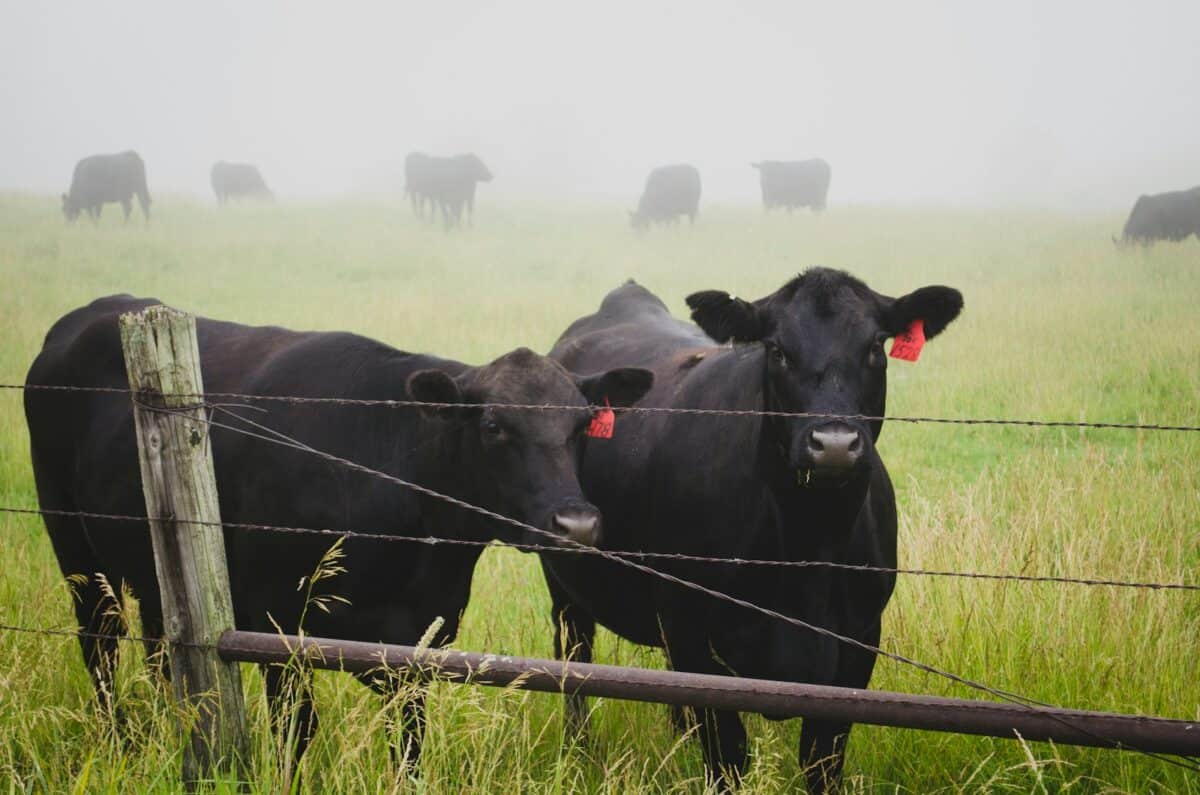
Another of Temple’s groundbreaking inventions was the center track restraint system, which dramatically improved both animal welfare and worker safety during slaughter processes. Traditional restraint methods often caused extreme stress to cattle, resulting in vocalization, struggling, and poor meat quality. Temple’s center track system, developed in the 1980s, holds cattle more comfortably by supporting them under their bellies while keeping them in an upright position. This design significantly reduces stress and fear during the final moments of the animal’s life, an ethical consideration that was revolutionary for its time.
The center track system works by conveying cattle along a track where their feet are just off the ground, creating a sensation similar to floating. This position is naturally calming for cattle and prevents the panic that often occurs when animals lose their footing. The system also incorporates solid sides to block distracting visuals and a gradual entry that doesn’t alarm the animals. Within a few years of its introduction, Temple’s center track restraint system was adopted by major meat processing companies across North America. The system was so effective at reducing animal stress that it became the industry standard, demonstrating how humane handling could align with efficient operations—a principle that would define Temple’s approach throughout her career.
Measurable Standards: The Objective Scoring System
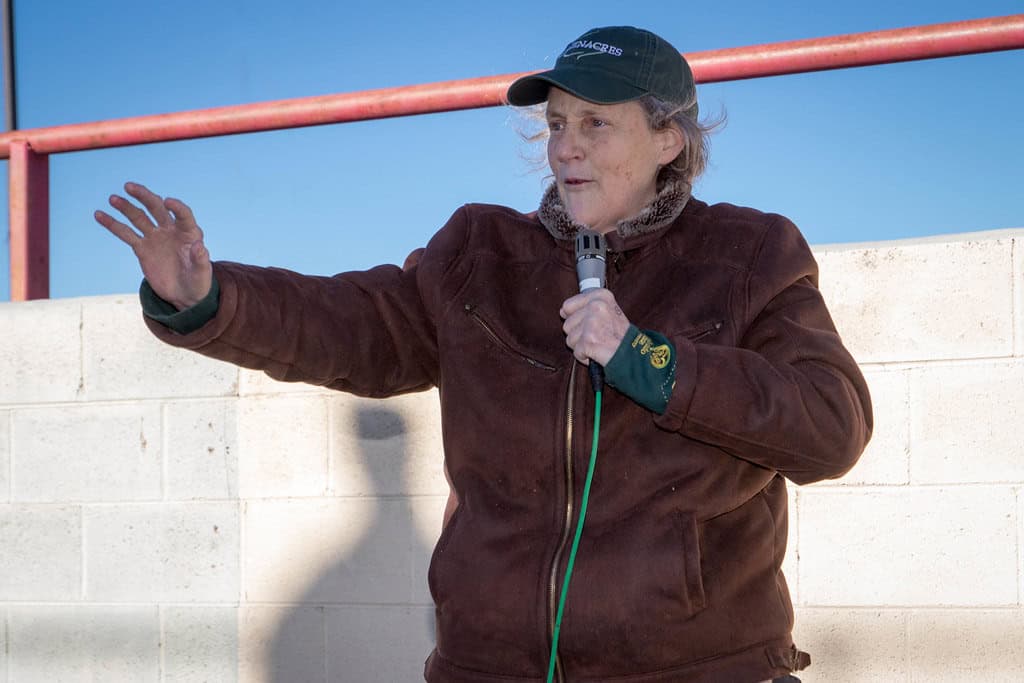
One of Temple’s most significant contributions was moving the industry from subjective assessments of animal welfare to objective, measurable standards. In the 1990s, she developed an objective scoring system to evaluate handling practices in slaughter plants. This system focuses on observable indicators such as the percentage of animals that fall during handling, the percentage that vocalize (moo or bellow) during restraint, the percentage that require electric prod use, and the percentage that are stunned correctly on the first attempt. By establishing clear thresholds for acceptable performance, Temple created a framework that could be consistently applied across facilities.
This scoring system became the foundation for auditing programs adopted by major food companies like McDonald’s and Wendy’s, who began requiring their suppliers to meet specific animal welfare criteria. The genius of Temple’s approach was its simplicity and practicality—the standards didn’t require expensive equipment or complex training to implement, just careful observation and consistent application. The implementation of these standards across the industry led to dramatic improvements in handling practices. For instance, in 1996, only 30% of plants could stun 95% of cattle correctly on the first attempt; by 1999, 90% of plants were meeting this standard. Temple’s scoring system demonstrated that animal welfare could be objectively measured and systematically improved, revolutionizing how the industry approaches humane handling.
Industry Resistance and Breakthrough Moments

Temple’s path to reforming the cattle industry was not without significant resistance. As a woman in a male-dominated field in the 1970s and 1980s, she faced persistent sexism and skepticism. Many ranchers and facility managers initially dismissed her ideas, unwilling to take direction from someone they viewed as an outsider. Temple recalls being mocked at feedlots and having her designs criticized before they were even implemented. She persisted by focusing on results rather than acceptance, meticulously documenting how her designs improved efficiency and reduced injuries to both animals and workers.
A turning point came when major meat companies began to see the economic benefits of Temple’s approaches. Less stressed cattle meant fewer injuries, better meat quality, and more efficient processing. Her breakthrough with corporate clients came in the late 1980s when she designed a system for a large plant in Colorado that dramatically improved their handling efficiency. This success led to consulting work with other major companies. Another significant moment came in 1999 when McDonald’s hired Temple to develop animal welfare audits for their suppliers. This corporate endorsement rapidly accelerated the adoption of her methods across the industry. Temple’s persistence in the face of resistance ultimately led to widespread acceptance of her ideas, demonstrating how her unique perspective—once considered a liability—became recognized as invaluable to the industry.
Beyond Design: Temple as an Educator and Advocate
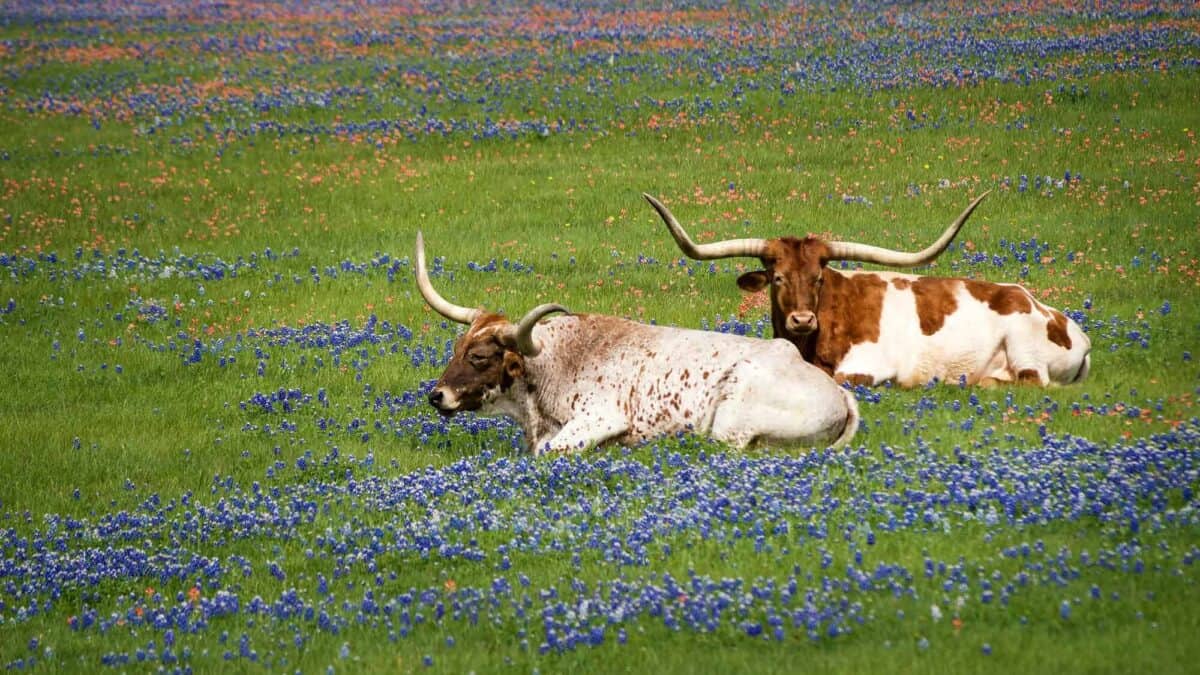
While Temple’s facility designs have transformed the cattle industry, her role as an educator and advocate has been equally influential. Since 1990, she has served as a professor of animal science at Colorado State University, teaching courses on livestock behavior and facility design. In this role, she has mentored generations of students who have gone on to implement her principles throughout the agricultural world. Temple’s teaching style emphasizes hands-on experience and observation, encouraging students to get into the pens with animals and see the world from their perspective rather than relying solely on textbooks and theory.
Beyond the university, Temple has conducted hundreds of workshops for livestock producers, veterinarians, and facility managers. She has a remarkable ability to communicate complex animal behavior concepts in accessible, practical terms that industry professionals can immediately apply. Her advocacy work extends to public education as well. Through her books, including “Animals in Translation” and “Animals Make Us Human,” Temple has helped millions of readers understand the inner lives of animals and the importance of humane treatment. Her willingness to speak plainly about industry practices—criticizing what needs improvement while acknowledging progress—has earned her respect from both animal welfare advocates and industry professionals, allowing her to bridge divides that few others could navigate.
The Autism Connection: A Different Kind of Mind
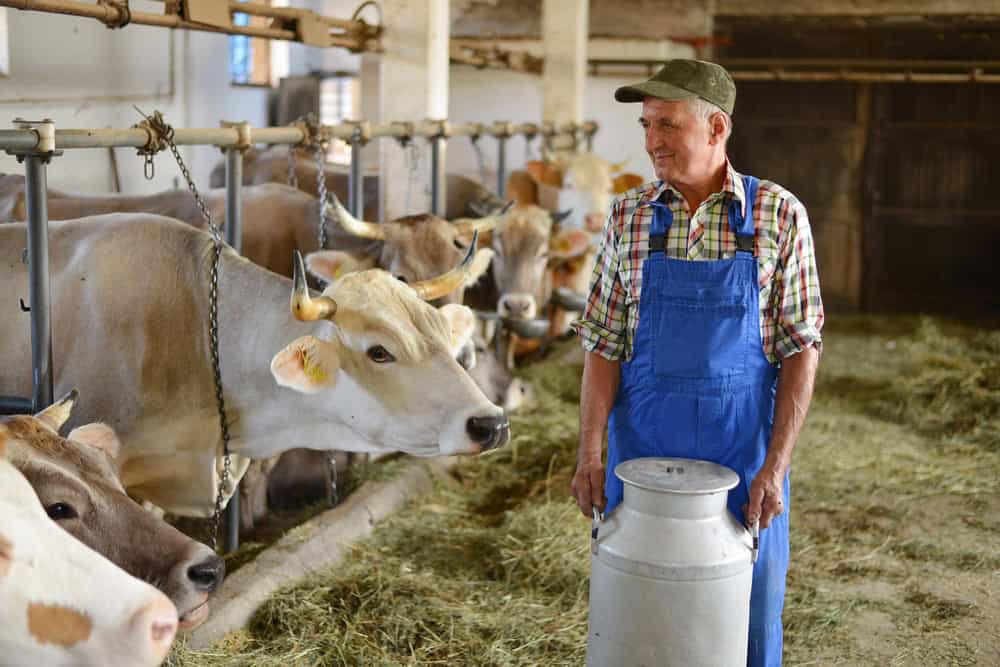
Temple has frequently emphasized how her autism has been instrumental to her success in understanding animal behavior. In her writings and speeches, she explains that her visual thinking, attention to detail, and heightened sensory awareness—all characteristics associated with her autism—allow her to notice environmental elements that neurotypical people often miss but that significantly impact animal behavior. She describes her mind as working like “Google for images,” storing visual memories that she can access and manipulate to solve problems. This visual thinking aligns closely with how animals perceive the world, giving her unique insight into their experiences.
Temple has also become an important voice in autism advocacy, helping to expand public understanding of neurodiversity. She challenges the notion that autism is simply a deficit, demonstrating through her own life how autistic thinking can offer valuable perspectives in fields ranging from animal science to engineering. In her book “The Autistic Brain,” she explores the science of autism while advocating for educational approaches that build on autistic individuals’ strengths rather than focusing exclusively on deficits. Temple’s dual advocacy for both animals and autism awareness has created powerful synergies, as her work with animals helps illustrate the value of diverse cognitive styles, while her openness about her autism helps humanize and explain her revolutionary approach to animal behavior.
Global Impact and Industry Transformation
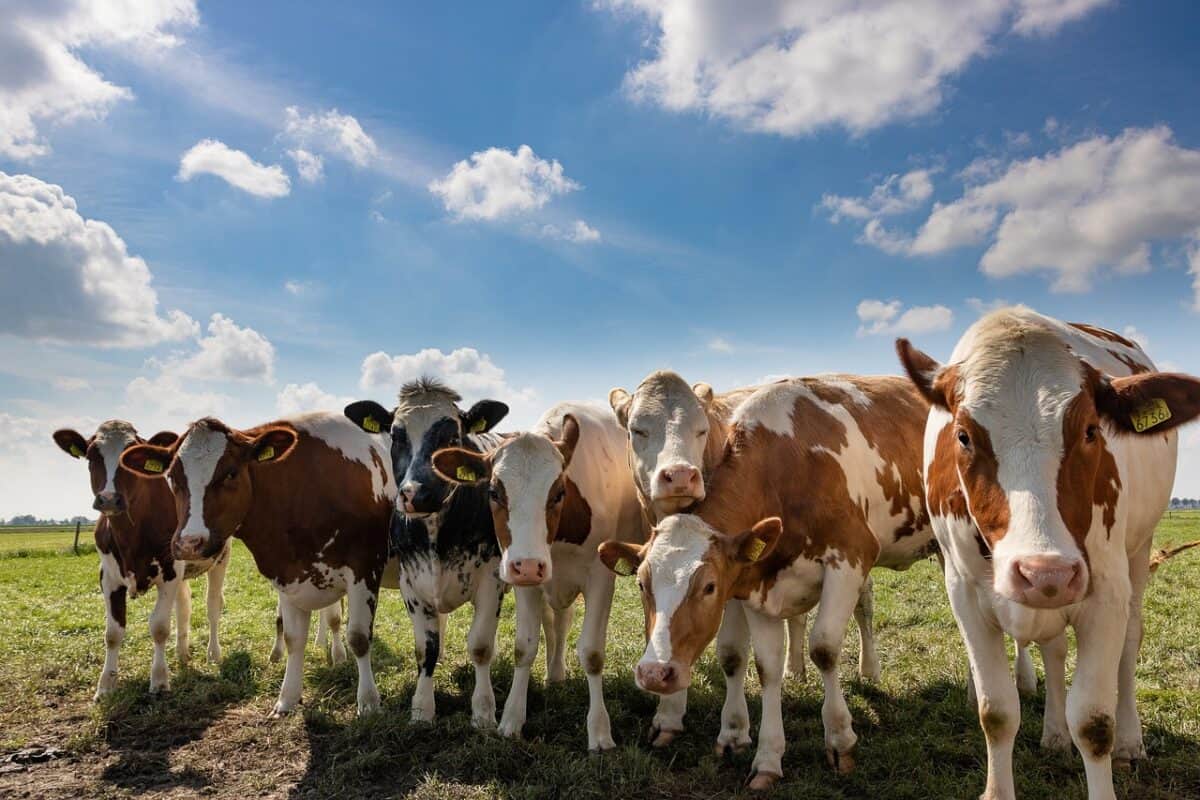
The impact of Temple’s work extends far beyond North America, influencing cattle handling practices worldwide. Her designs have been implemented in countries across six continents, adapted to different climates, cattle breeds, and cultural contexts while maintaining their core principles. In Australia, her curved race systems have become standard in the beef industry. In Latin America, her center track restraint system has been widely adopted, improving handling in countries with large cattle populations like Brazil and Argentina. Even in developing regions with limited resources, Temple’s emphasis on simple, behavior-based improvements has allowed for significant welfare advances without requiring expensive technology.
The transformation Temple has helped create in the industry is reflected in measurable improvements across multiple welfare indicators. Studies comparing modern facilities designed with her principles to older systems consistently show reductions in cattle stress hormones, injuries, and handling problems. Major food companies now routinely audit their suppliers using criteria developed from Temple’s work, creating market pressures that have accelerated industry-wide adoption of humane handling practices. Perhaps most significantly, Temple has shifted the industry’s fundamental understanding of animal welfare from a niche concern to a central aspect of livestock management. By demonstrating that welfare improvements also benefit productivity, meat quality, and worker safety, she has aligned ethical treatment with economic incentives, creating change more profound and sustainable than regulation alone could achieve.
Conclusion: Legacy and Continuing Influence
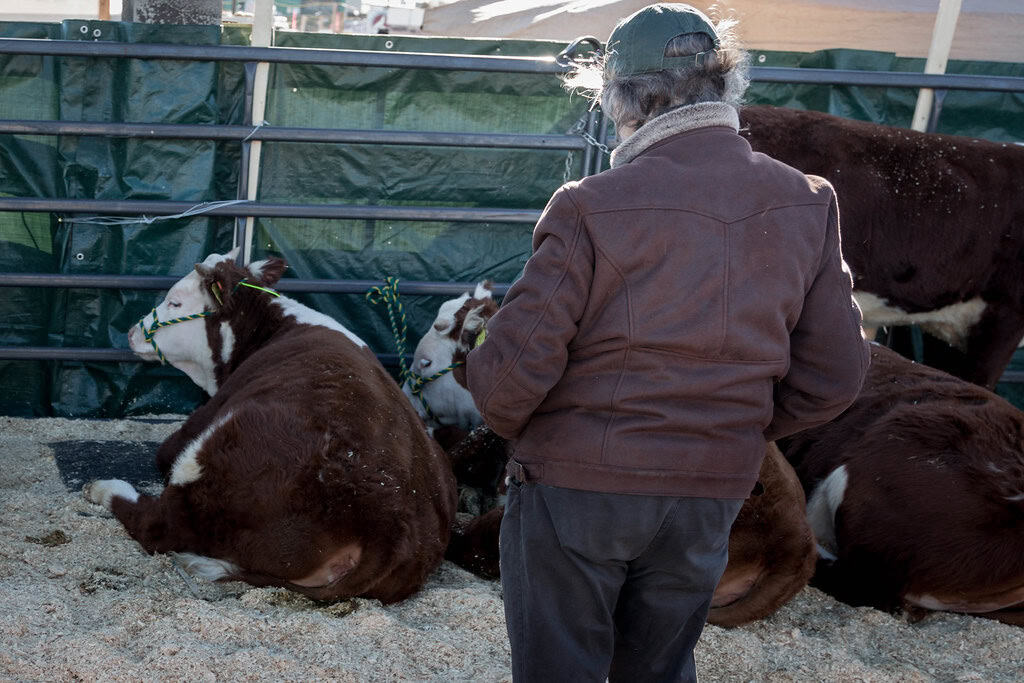
Temple Grandin’s legacy extends far beyond her physical designs and systems. She has fundamentally changed how we understand the relationship between humans and cattle, bringing scientific rigor and compassionate insight to an industry that historically prioritized efficiency over welfare. Her work demonstrates that these goals need not be in conflict—that understanding animal behavior and responding to it appropriately can improve both welfare and productivity. At 76 years old, Temple continues to teach, consult, and speak worldwide, constantly refining her approaches and mentoring the next generation of animal behavior specialists and facility designers.
Her influence reaches beyond the cattle industry into other fields, from autism advocacy to broader discussions about animal consciousness and ethics. The 2010 HBO biographical film “Temple Grandin,” starring Claire Danes, introduced her story to millions of viewers who might never have encountered her academic work. Through this wider exposure, Temple’s insights about animal perception and the value of neurodiversity have influenced public consciousness. Her career stands as a powerful testament to how different ways of thinking can lead to revolutionary insights, how persistence can overcome prejudice, and how attention to the details of animal experience can transform an entire industry. In bridging the gap between humans and cattle through her unique perspective, Temple Grandin has created a legacy of compassion, innovation, and understanding that continues to grow with each passing year.
- The Most Remote Lake in the U.S. - August 19, 2025
- 9 Animals That Have an Extra Sense Humans Can’t Even Imagine - August 19, 2025
- 17 Dog Breeds With The Shortest Live Expectancy - August 19, 2025

